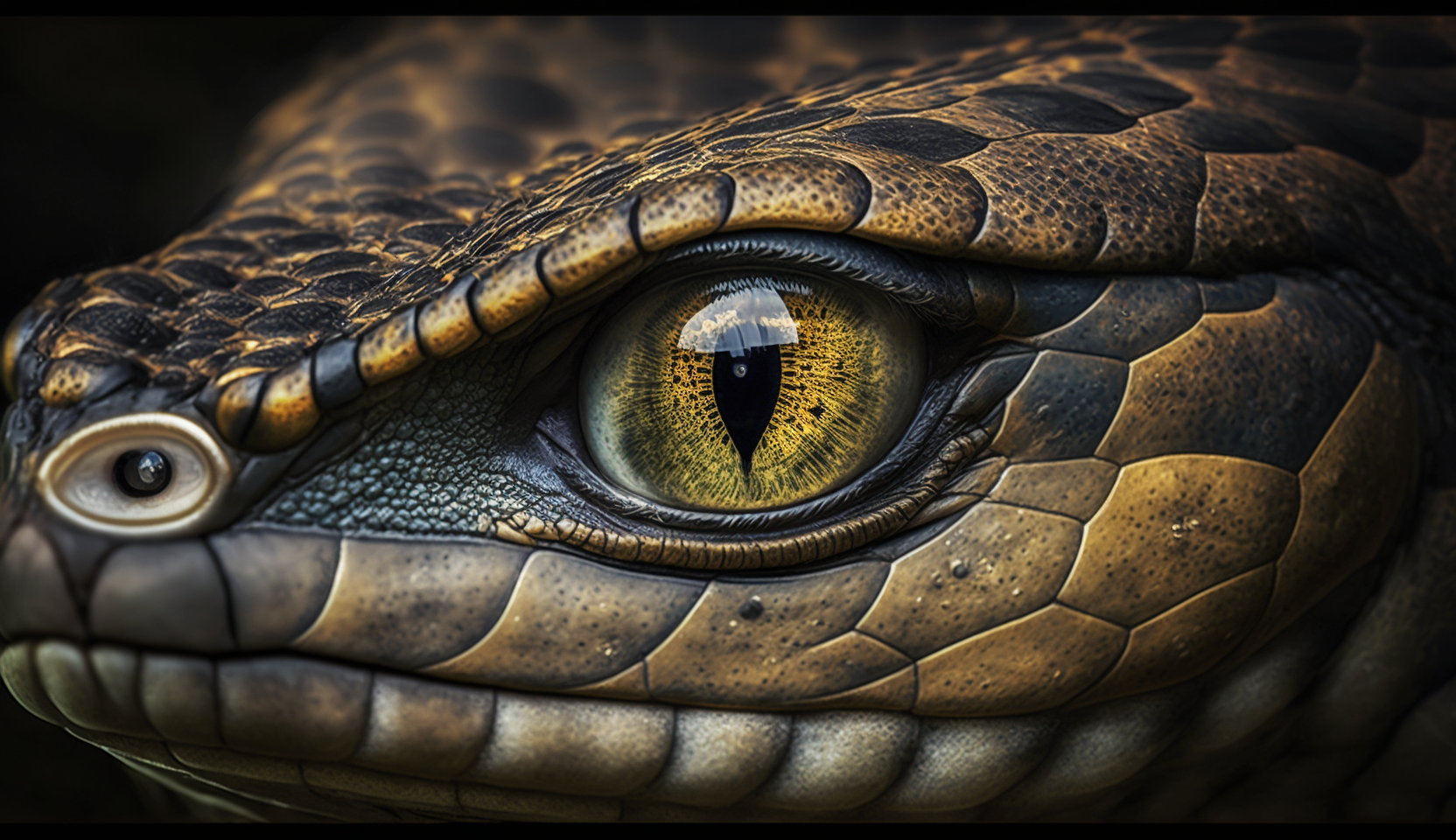
![]()
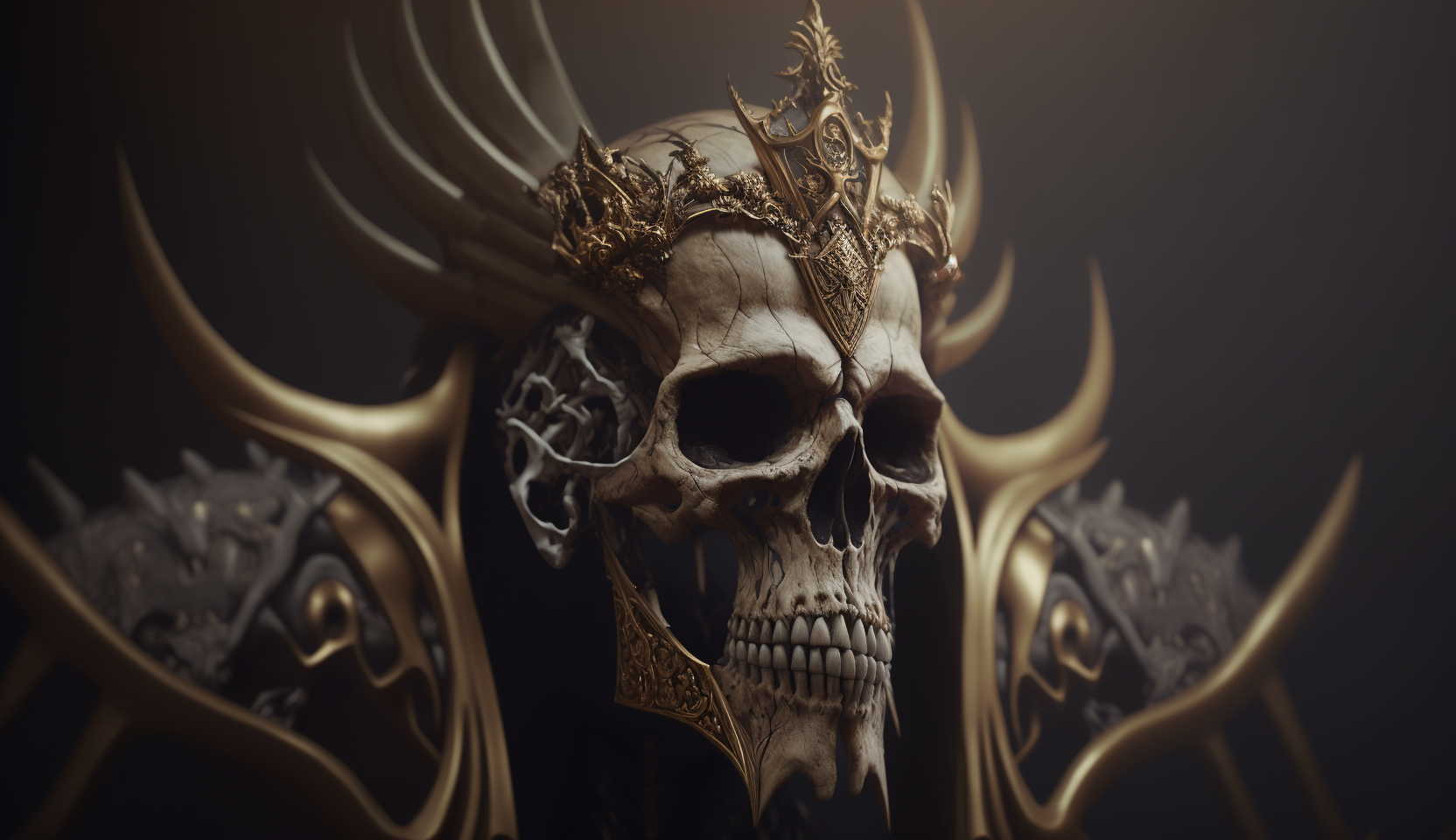
![]()

![]()
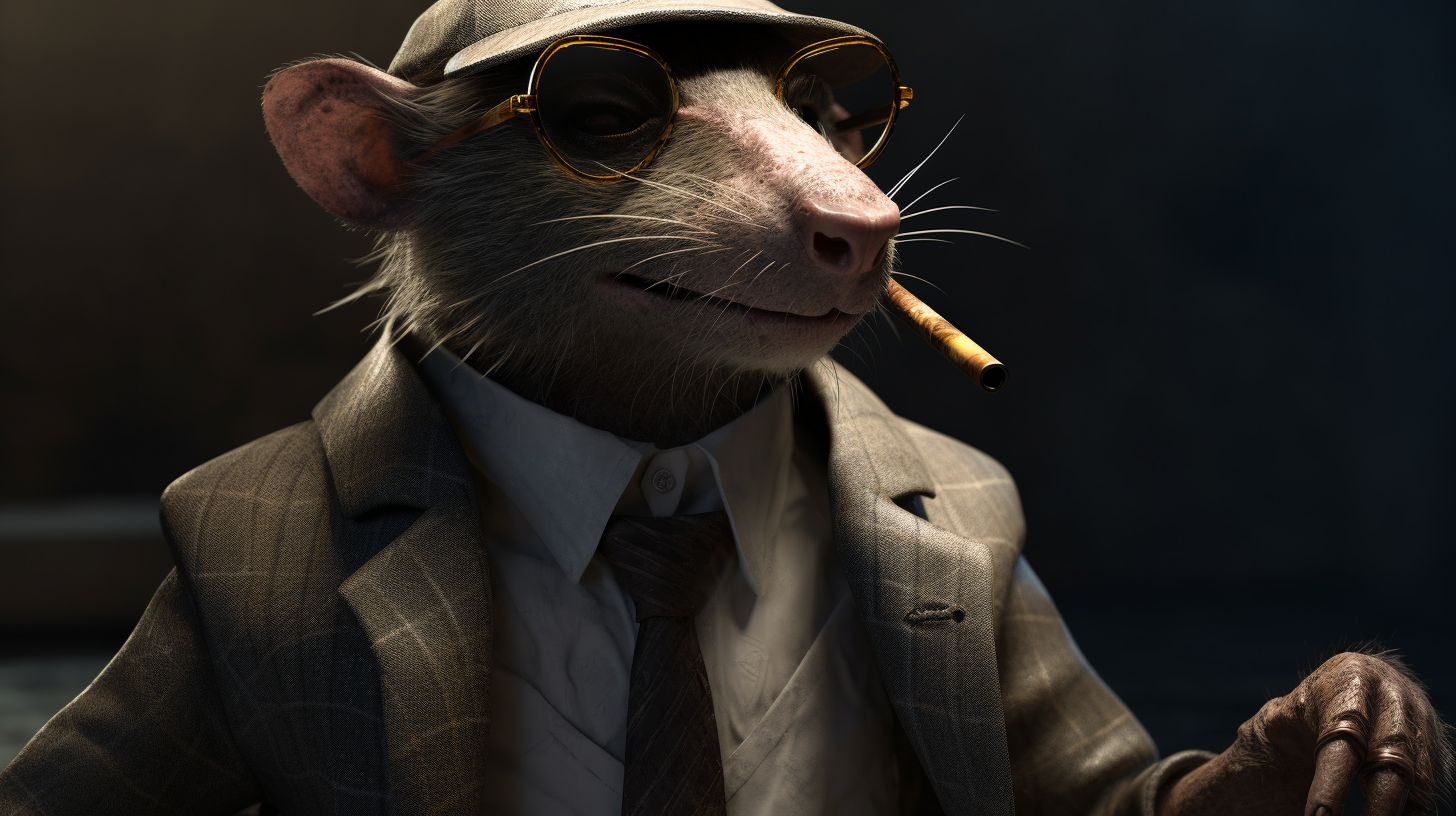
![]()
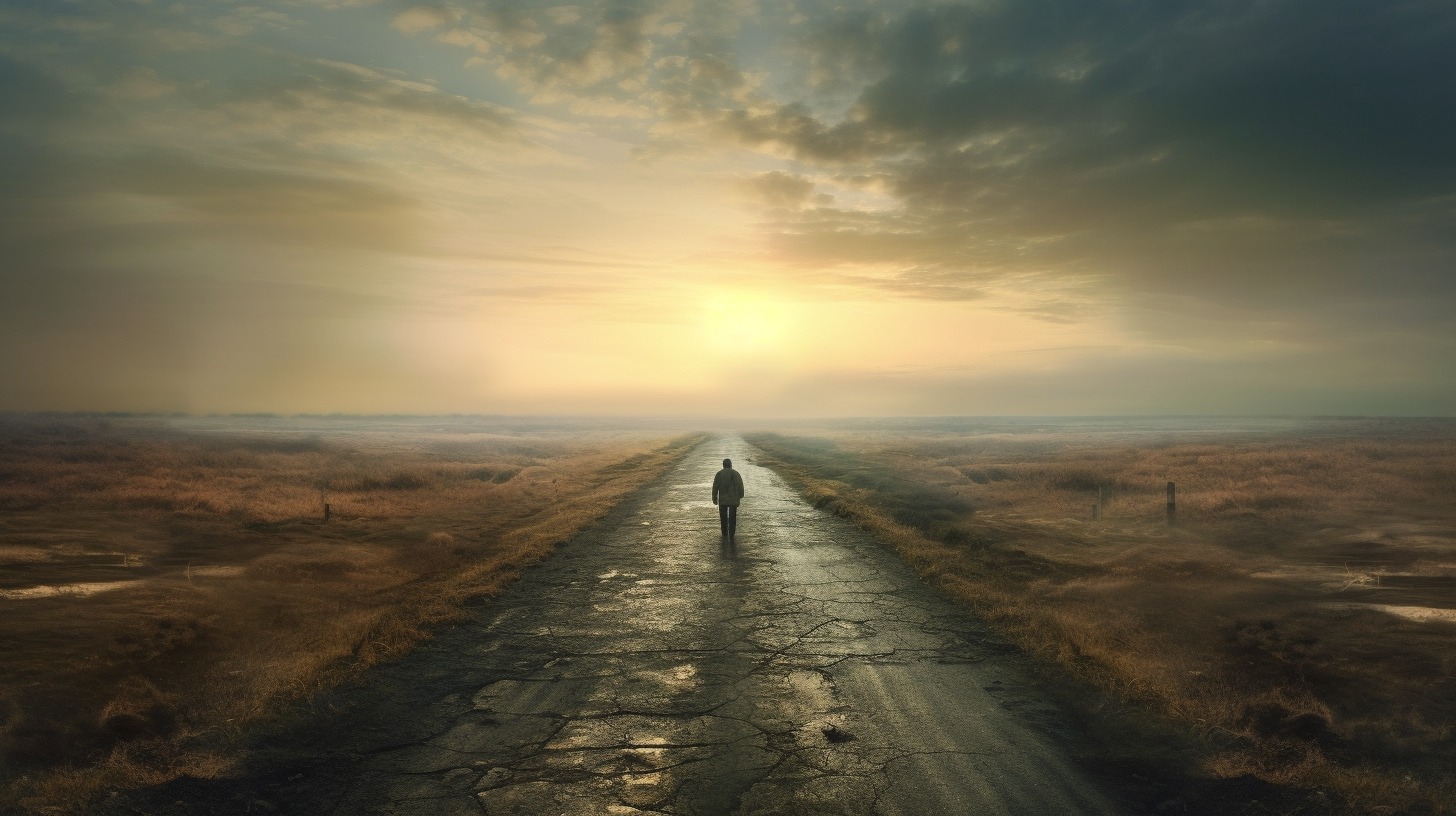
![]()

![]()
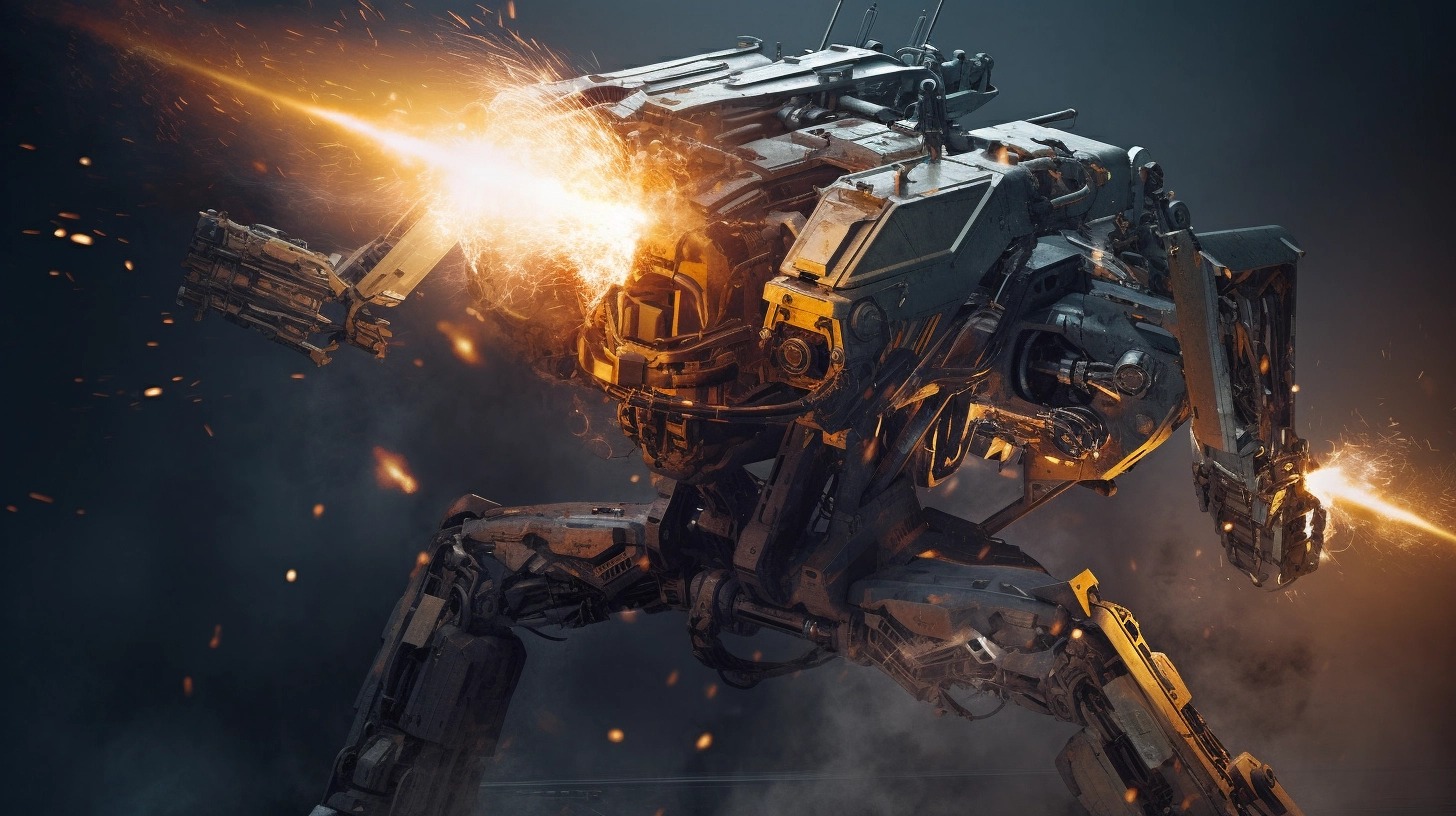
![]()
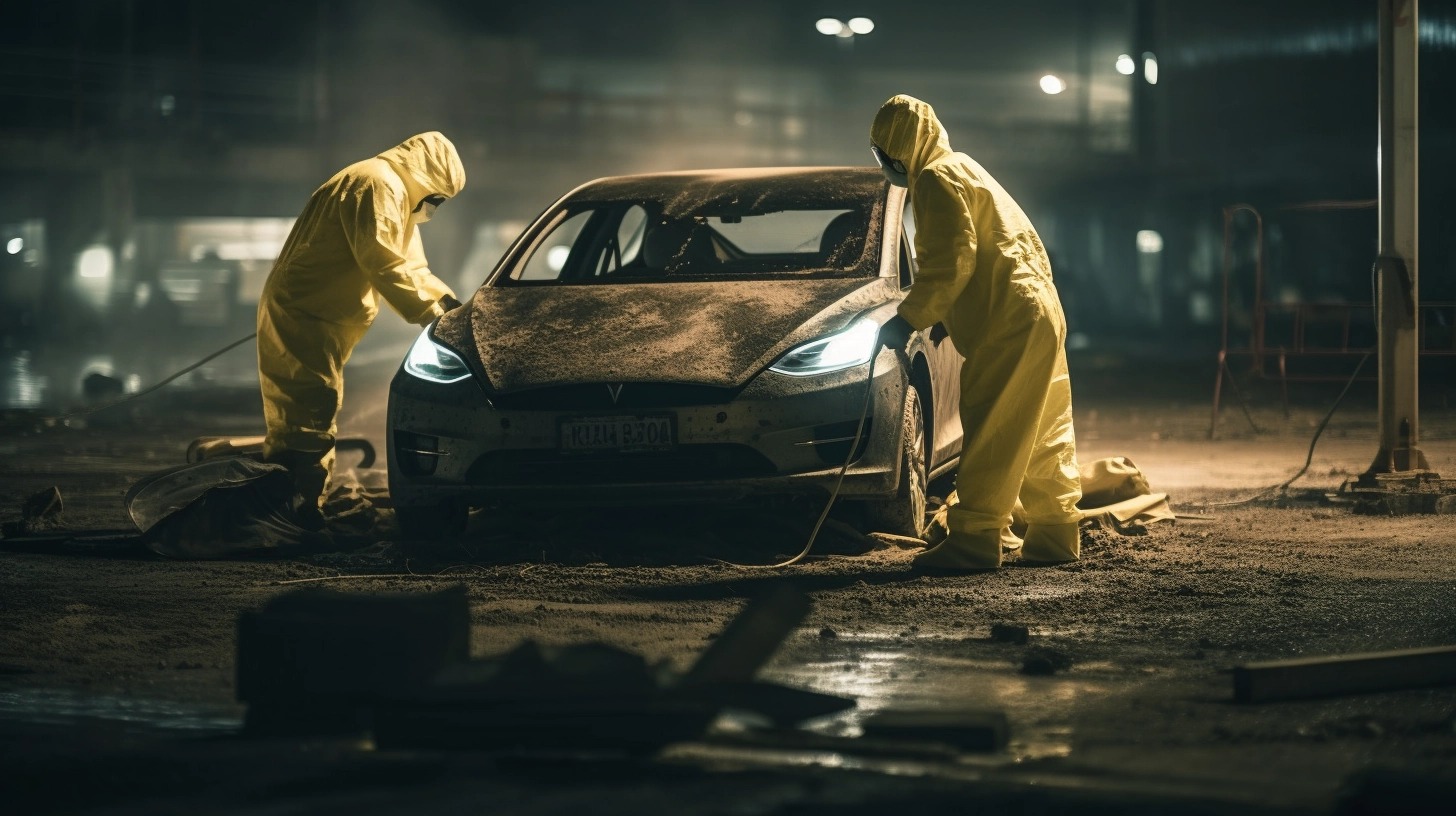
![]()
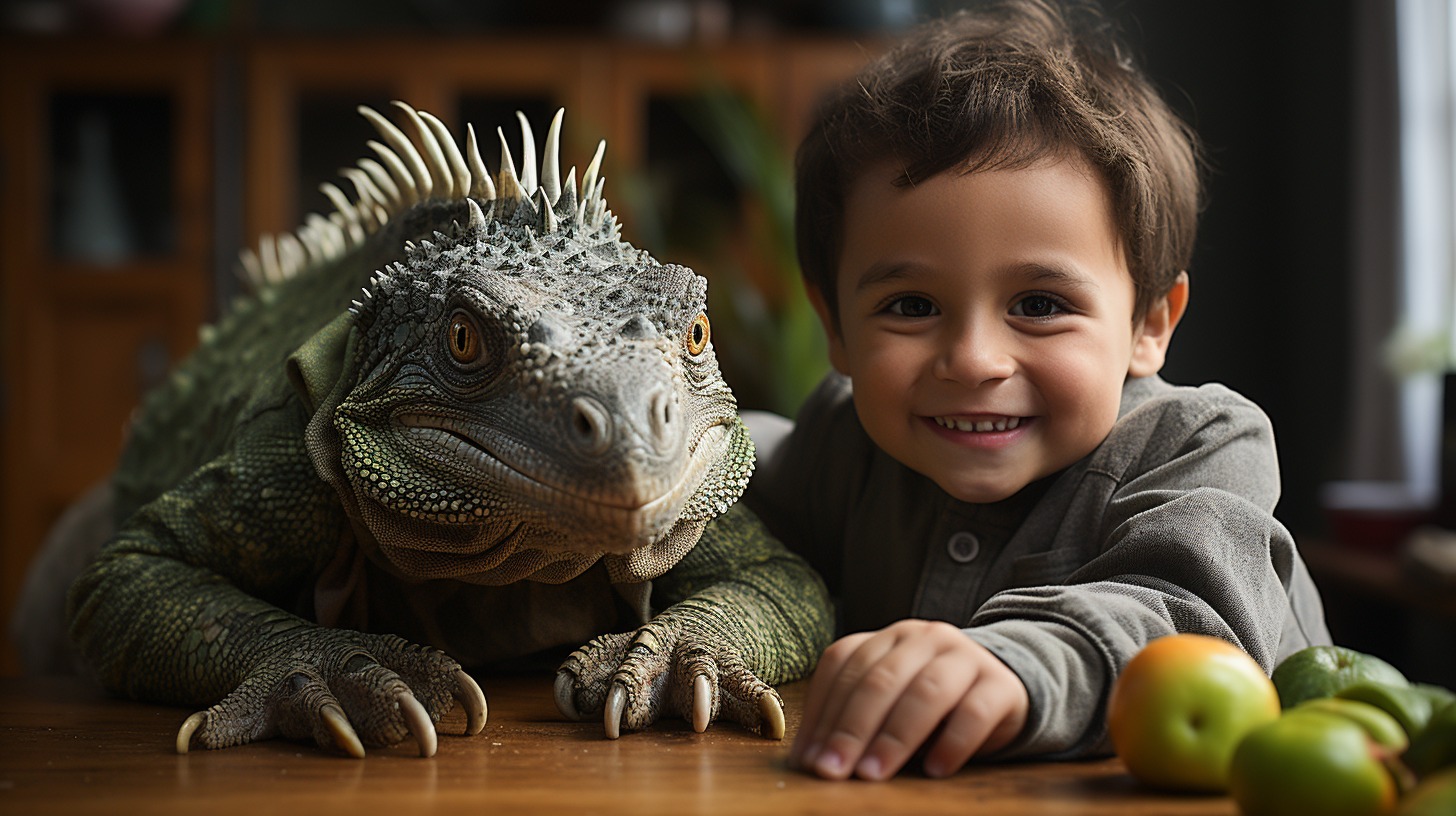
![]()
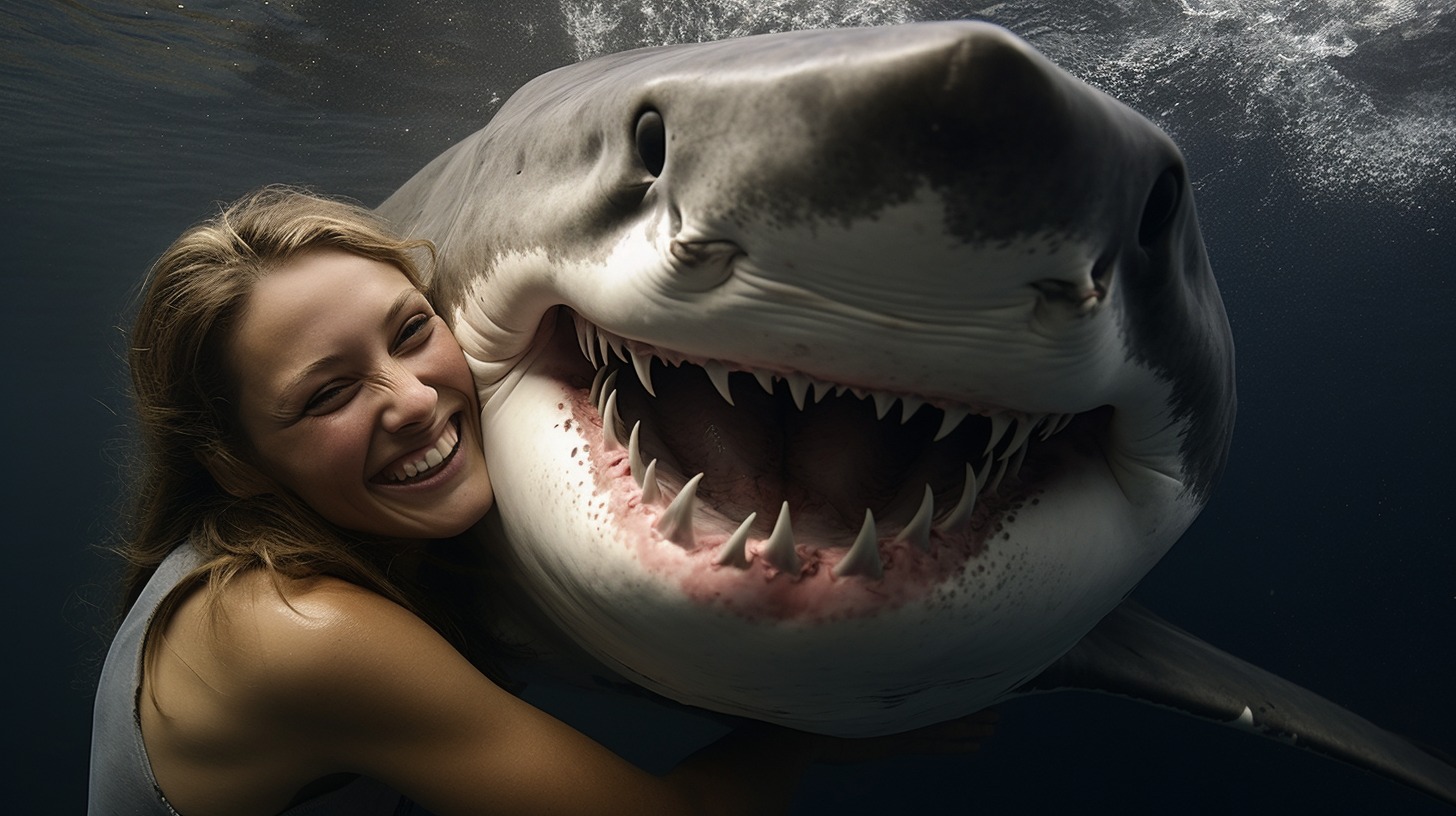
![]()
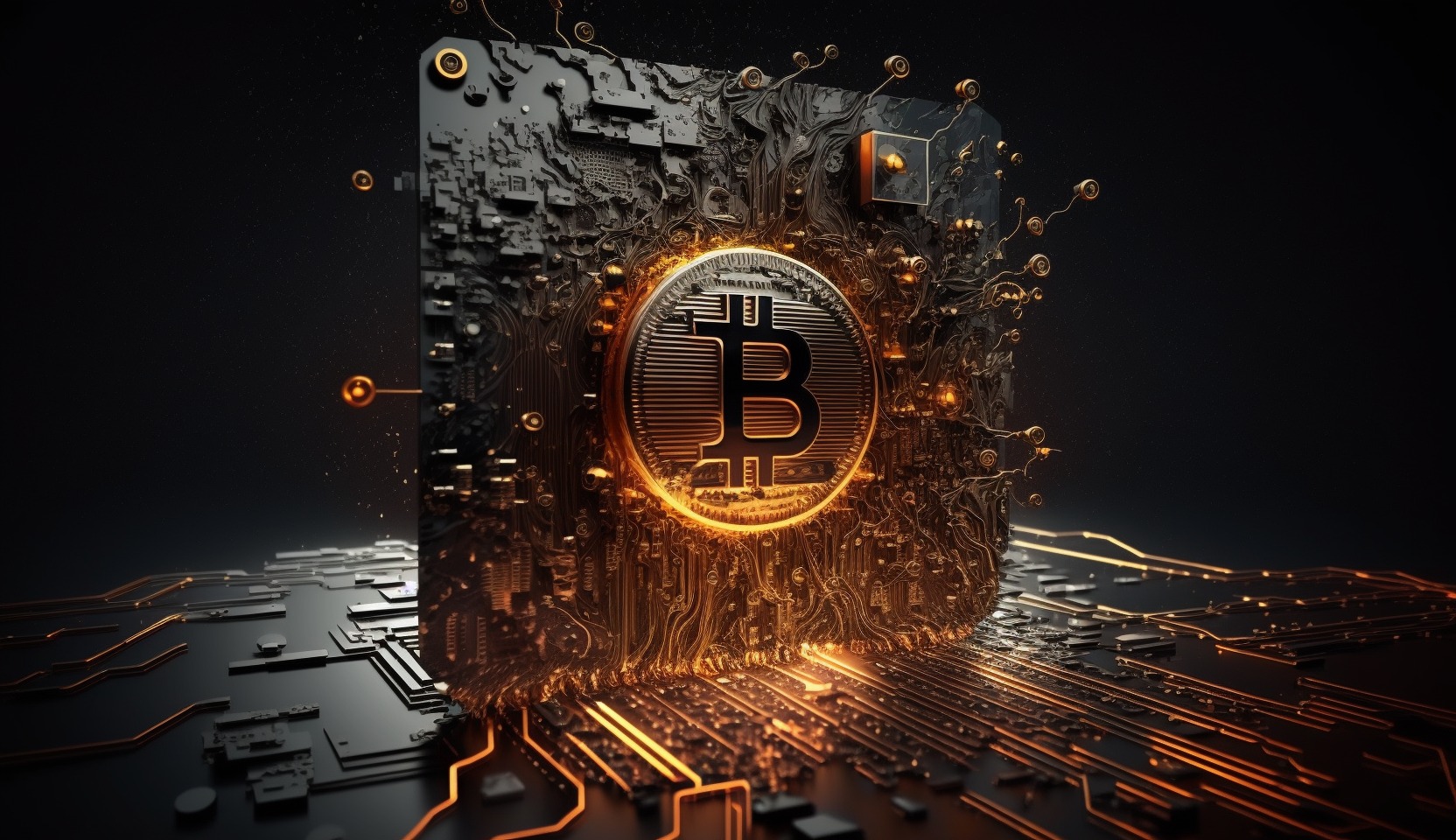
![]()
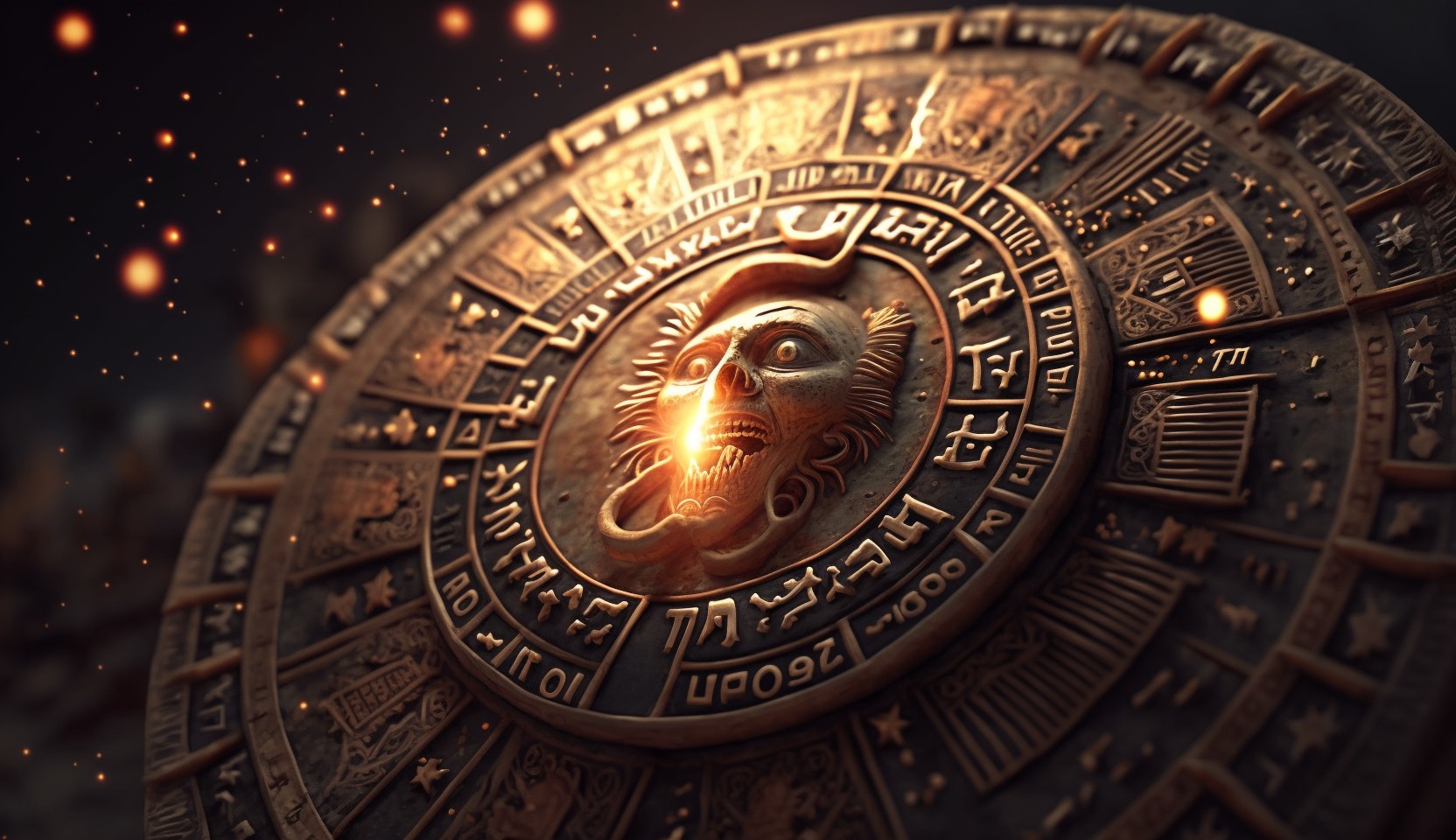
![]()
Artificial Intelligence (AI) is poised to bring about a significant transformation in the art scene, influencing not only how art is created but also how it is perceived, distributed, and valued. Here’s how AI art is expected to revolutionize the art world:
- Democratization of Art Creation
- Lowering Barriers to Entry: AI tools enable individuals without formal artistic training to create visually compelling artwork. Platforms that utilize AI algorithms can generate images, music, or poetry based on simple inputs from users.
- Access to Advanced Tools: Previously, sophisticated art creation required expensive software or equipment. AI-powered applications are often more accessible and user-friendly, allowing a broader audience to experiment with art.
- New Aesthetics and Art Forms
- Exploration of Novel Styles: AI can blend different artistic styles or generate entirely new ones by learning from vast datasets of existing art. This capability leads to the emergence of unique aesthetics that were previously unexplored.
- Generative Art: Artists are using AI algorithms to create generative art that evolves over time or responds to environmental inputs, pushing the boundaries of static art forms.
- Enhanced Creativity and Collaboration
- Augmenting Human Creativity: AI acts as a creative partner, offering suggestions, and generating ideas that artists might not conceive on their own. This collaboration can lead to innovative artworks that combine human intuition with machine precision.
- Interactive Art Experiences: AI enables the creation of interactive installations where the artwork responds to the audience’s movements or emotions, enhancing engagement.
- Redefining Authorship and Originality
- Challenging Traditional Notions: The use of AI raises questions about authorship—who is the true creator, the human or the machine? This challenges the traditional understanding of originality in art.
- Legal and Ethical Considerations: As AI-generated art becomes more prevalent, there is an ongoing debate about intellectual property rights and the ethical use of datasets, especially if AI models are trained on existing artworks without consent.
- Transformation of the Art Market
- New Marketplaces: The rise of AI art has led to the creation of new platforms and marketplaces, including those utilizing blockchain technology to sell AI-generated pieces as NFTs (Non-Fungible Tokens).
- Valuation Dynamics: The way art is valued may change as AI-generated art enters auctions and galleries, potentially affecting the prices of traditional artworks.
- Educational Shifts in Art
- Curriculum Evolution: Art education is adapting to include digital literacy and AI tools, preparing the next generation of artists to work alongside technology.
- Skill Development: Emphasis is shifting towards conceptual thinking, curation, and the ability to guide AI tools effectively.
- Cultural and Societal Impact
- Broader Cultural Participation: AI art can make art more inclusive by allowing diverse voices to express themselves creatively, contributing to a richer cultural tapestry.
- Reflection of Contemporary Issues: Artists are using AI to comment on technology’s role in society, exploring themes like data privacy, automation, and the human-machine relationship.
- Preservation and Restoration
- Art Conservation: AI algorithms assist in restoring damaged artworks by predicting and recreating missing parts with high accuracy.
- Digital Archiving: AI helps in cataloging and analyzing art collections, making them more accessible to the public.
- Innovation in Art Presentation
- Virtual and Augmented Reality: AI enhances VR and AR experiences, allowing immersive exhibitions where viewers can interact with art in new dimensions.
- Personalized Art Experiences: AI can tailor art displays to individual preferences, creating unique experiences for each viewer.
- Global Collaboration and Connectivity
- Cross-Cultural Projects: AI platforms facilitate collaborations between artists from different parts of the world, fostering global artistic communities.
- Real-Time Feedback and Iteration: Artists can instantly share their work and receive feedback, accelerating the creative process.
Conclusion
AI art is not just a technological advancement but a catalyst for reimagining the entire art ecosystem. It invites a re-examination of creativity, authorship, and the purpose of art in society. As AI continues to evolve, it will likely become an integral part of artistic expression, offering new tools and mediums for artists while also posing important questions about the intersection of technology and humanity.
Artists, educators, collectors, and institutions are all navigating this new landscape, which promises to be dynamic and transformative. Embracing AI’s potential while thoughtfully addressing its challenges will shape the future of art in profound ways.

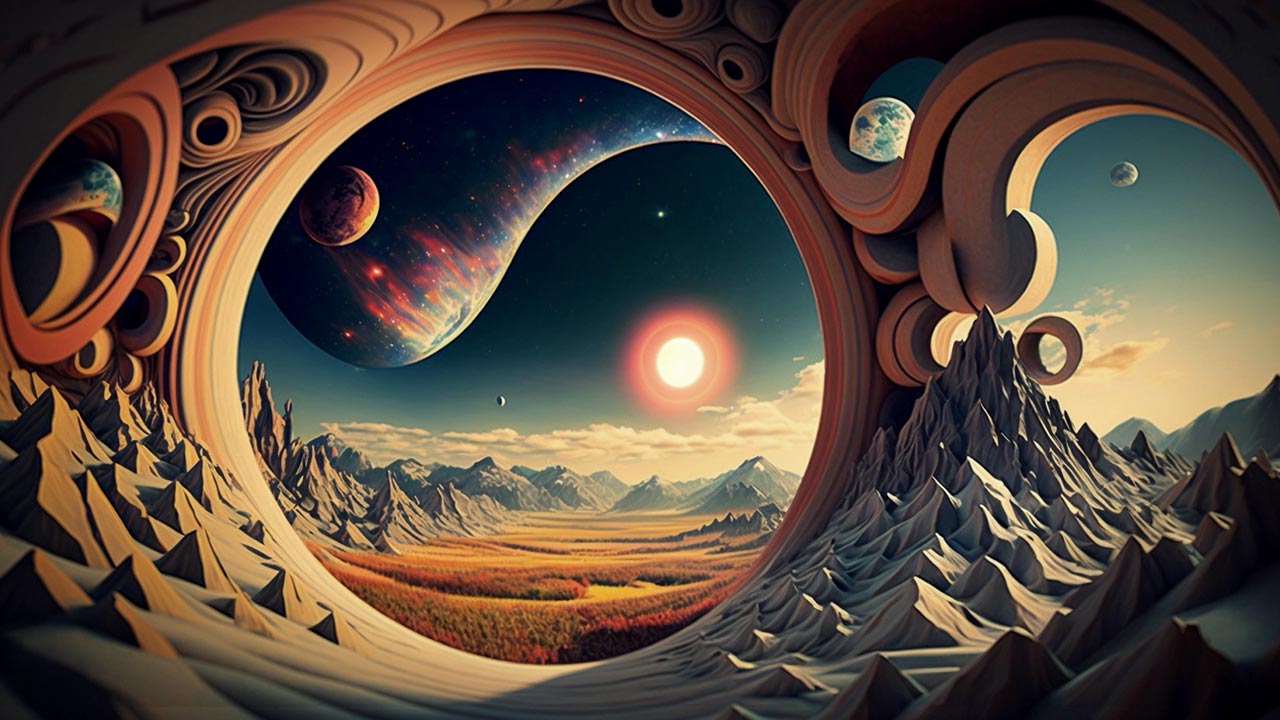
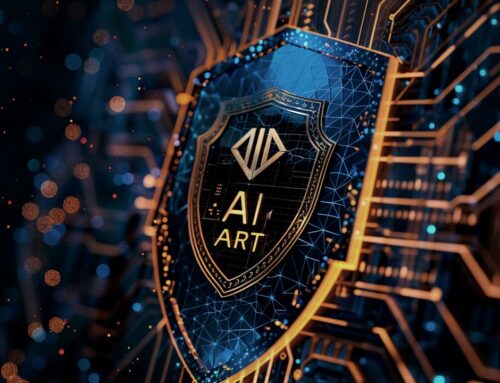
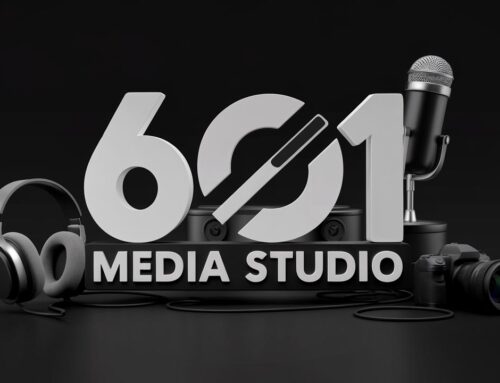
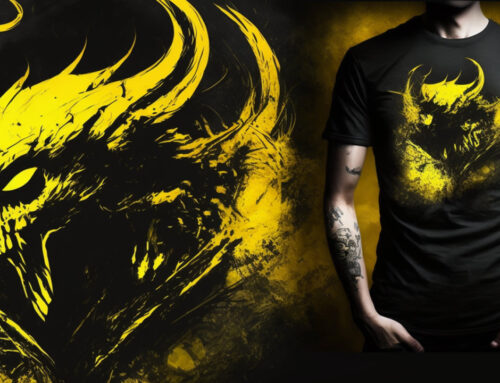
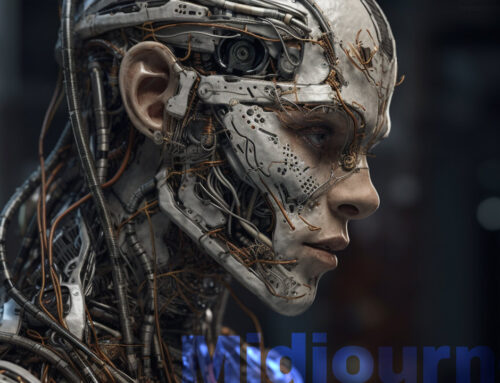
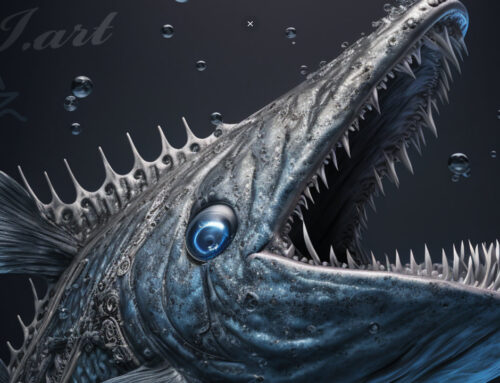


Leave A Comment